Apple cares about the health of its users. The Apple Watch is among the top in this regard. They measure all possible values and remind us when to move. And it's probably to give our hands a rest from the unergonomic work on the company's peripherals, and to relieve our cervical spines from looking at the iMac.
Apple's design language is clear. It is minimalistic and pleasant, but often at the expense of ergonomics. Czech Wikipedia says that ergonomics arose as a field dealing with the optimization of human needs in the work environment and in its working conditions. It was mainly about determining suitable dimensions, design of tools, furniture and their arrangement in the working environment and at optimal reach distances. In the world, names such as "human factors" or "human engineering" are also used.
It could be interest you

Today, ergonomics is an extensive interdisciplinary scientific field dealing with the complex interaction of the human organism and the environment (not only the work environment). But they probably don't have anyone at Apple who would deal with this issue. Why else would we have products here that obey their design instead of being user-friendly?
Magic trio
Of course, we are primarily talking about peripherals such as Magic Keyboard, Magic Trackpad and Magic Mouse. Neither the keyboard nor the trackpad can be positioned in any way, so you have to work with them the way Apple designed them. There are no hinged feet like on all other keyboards, although of course there would be room for it. But for what reason this is the case is a question. The design, from the point of view of a person working with these peripherals, would not suffer in any way if the stroke was even a single cm higher.
And then there's Magic Mouse. We will not talk now about the fact that you cannot work with it while you are charging it (although this is also a question of work ergonomics). This accessory is subject to its design perhaps the most of all the company's products. It is extremely pleasant, but after working with this mouse for a long time, your wrist will simply hurt, and therefore your fingers too. This is because this "pebble" is great to look at, but terrible to work with.
It could be interest you
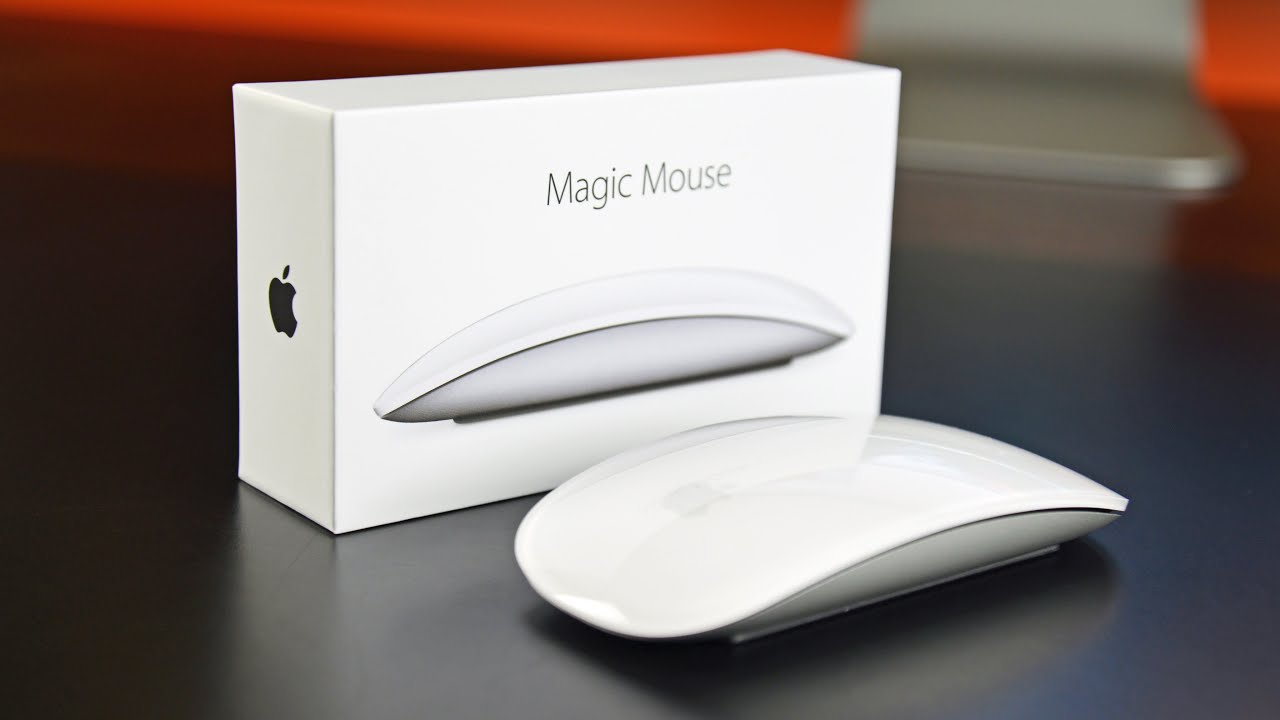
The iMac is a chapter unto itself
Why doesn't the iMac have an adjustable stand? The answer may not be as complicated as it may seem. Is it some trick of Apple? Probably not. Probably everything is subordinated to the design of the device, whether we are talking about older generations or the currently redesigned 24" iMac. This is about balance and a small base.
The biggest weight of this all-in-one device is in its body, i.e. of course the display. But given how small and above all light its base is, there would be a risk that if you increased the center of gravity, i.e. if you put the monitor higher and wanted to tilt it even more, you would tip it over. So why doesn't Apple make a large enough base that has enough weight to support the device? The answer to the first part of the question is: design. On the other hand, just: weight. The weight of the new iMac is only 4,46 kg, and Apple certainly did not want to increase it with such a solution that you can "elegantly" solve with, for example, a bundle of papers.
Yes, of course we are joking now, but how else to solve the impossibility of increasing or decreasing the height of the iMac? Either you'll be destroying your cervical spine because you'll be looking down all the time, or you won't have an ideal posture because you'll have to sit lower, or you'll just be reaching for something to put the iMac down. In this way, this pleasant design gets a lot of attention. It looks nice, yes, but the ergonomics of the entire solution are simply rubbish.
 Adam Kos
Adam Kos 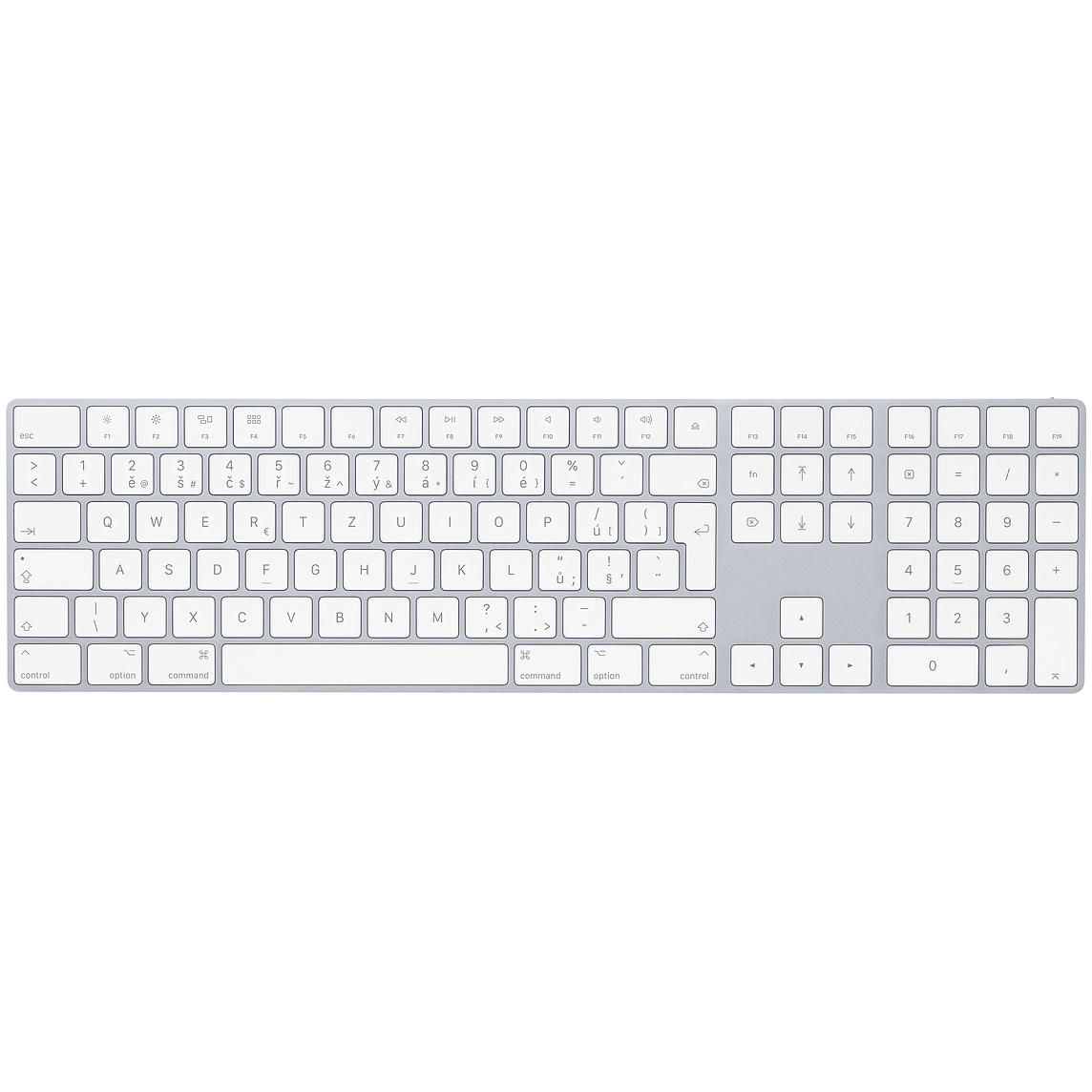
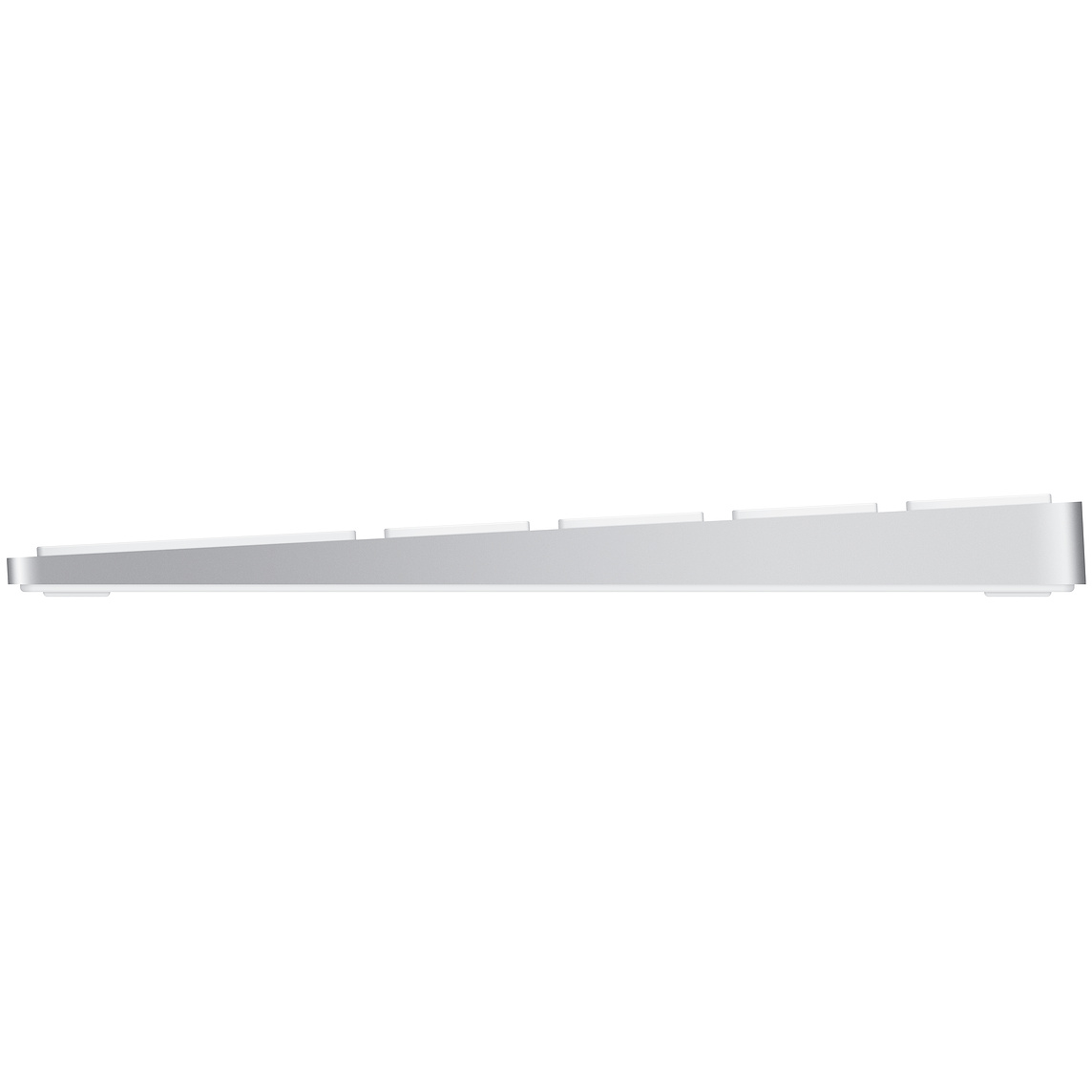

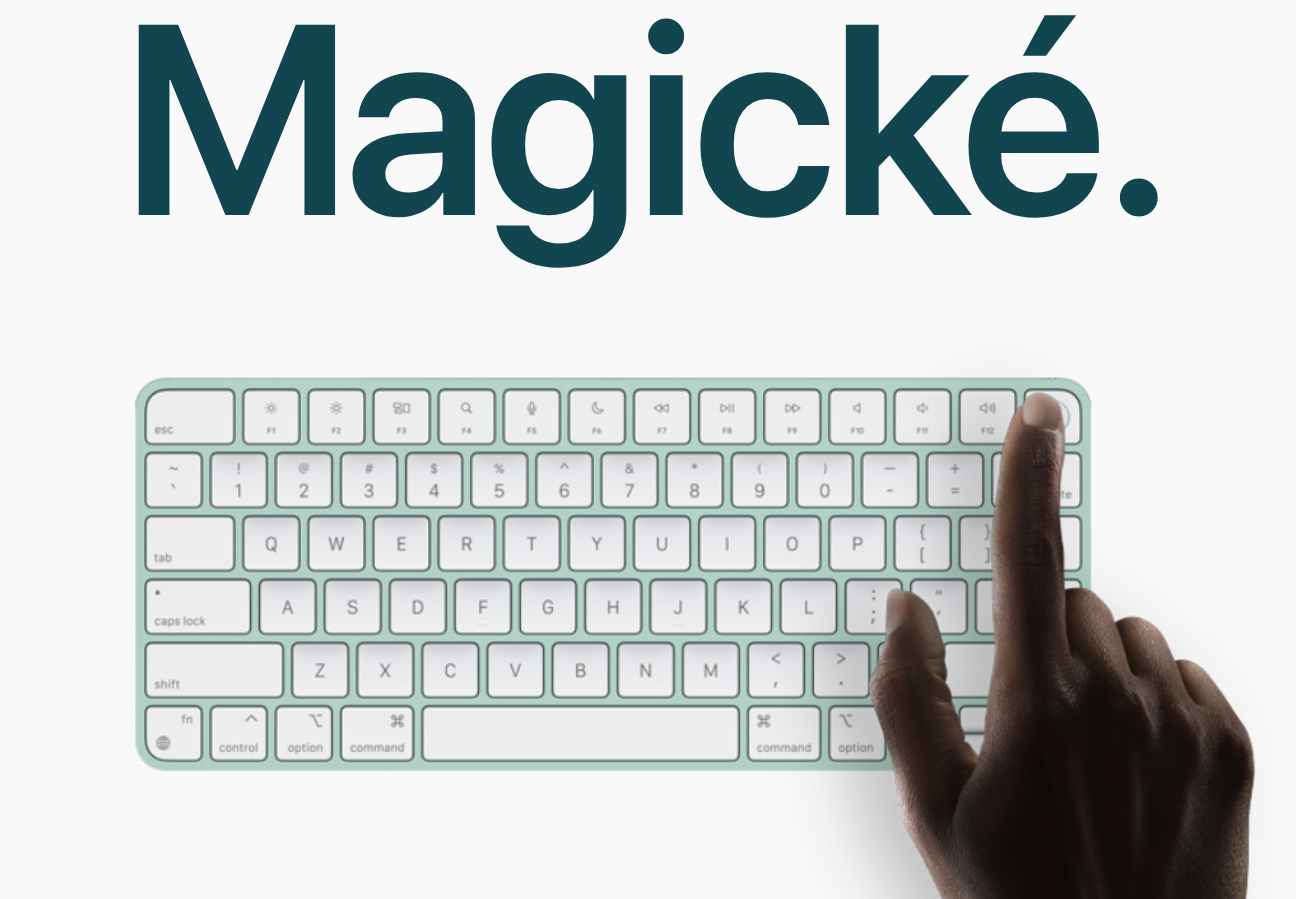

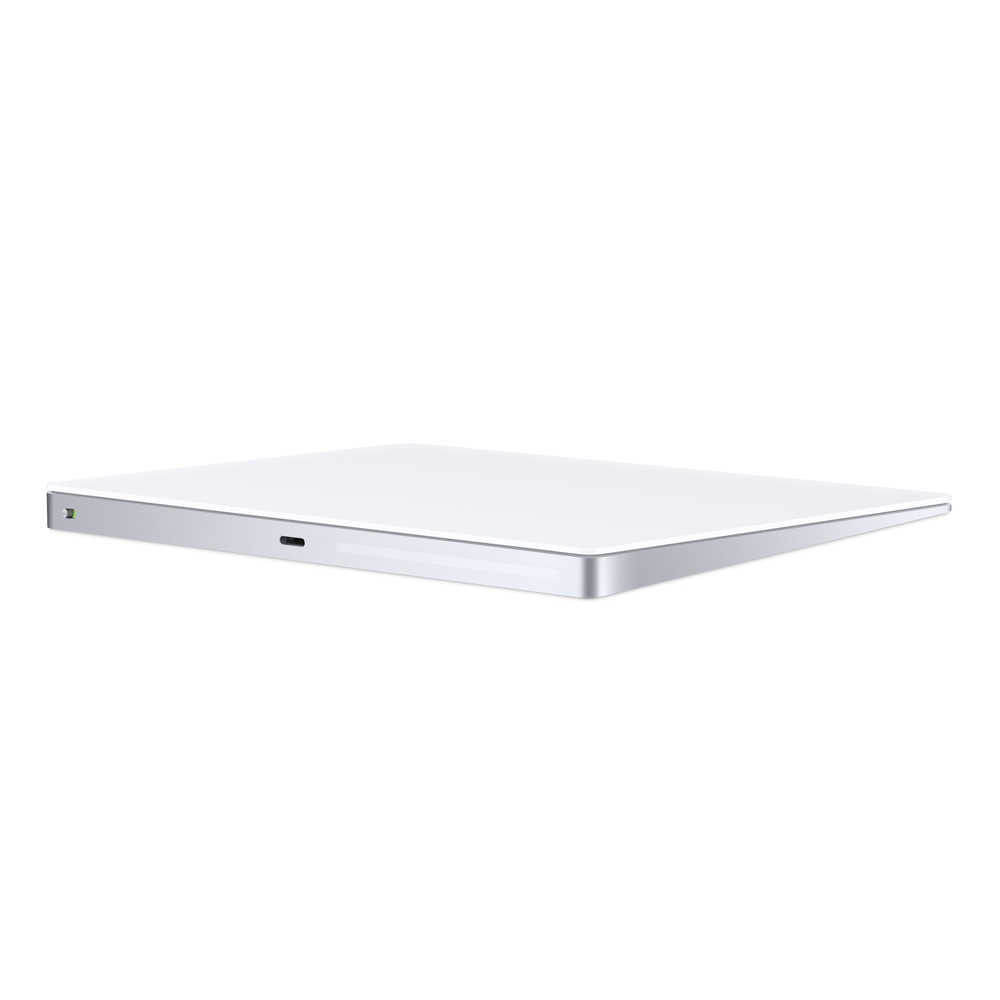
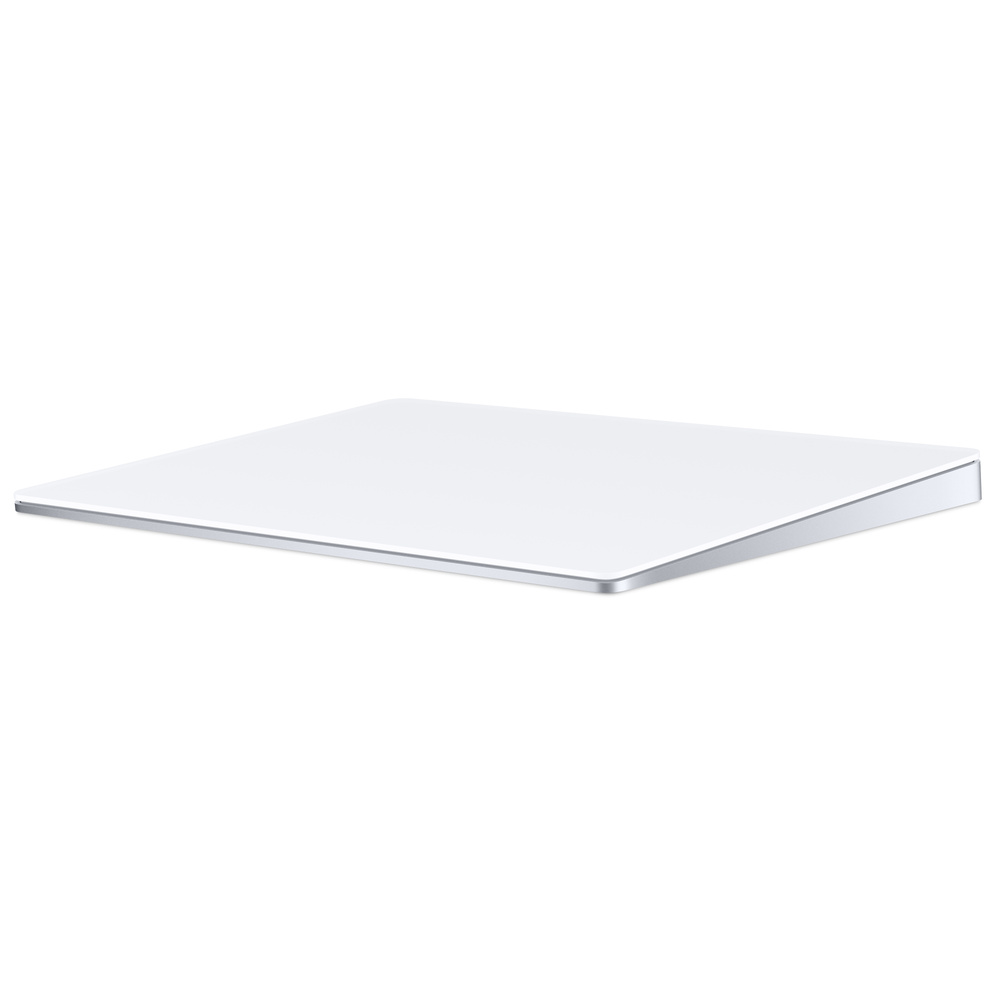
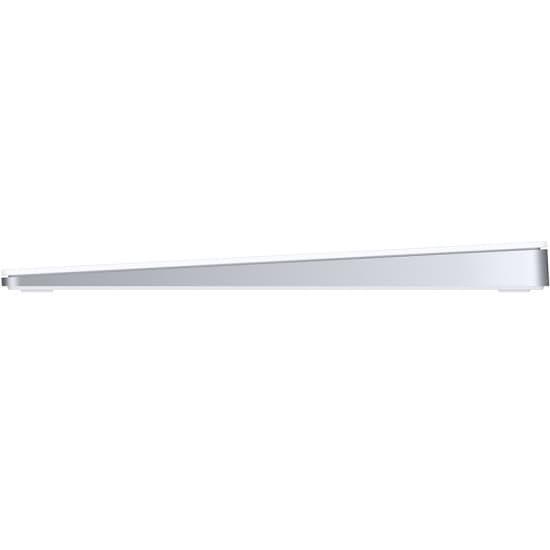
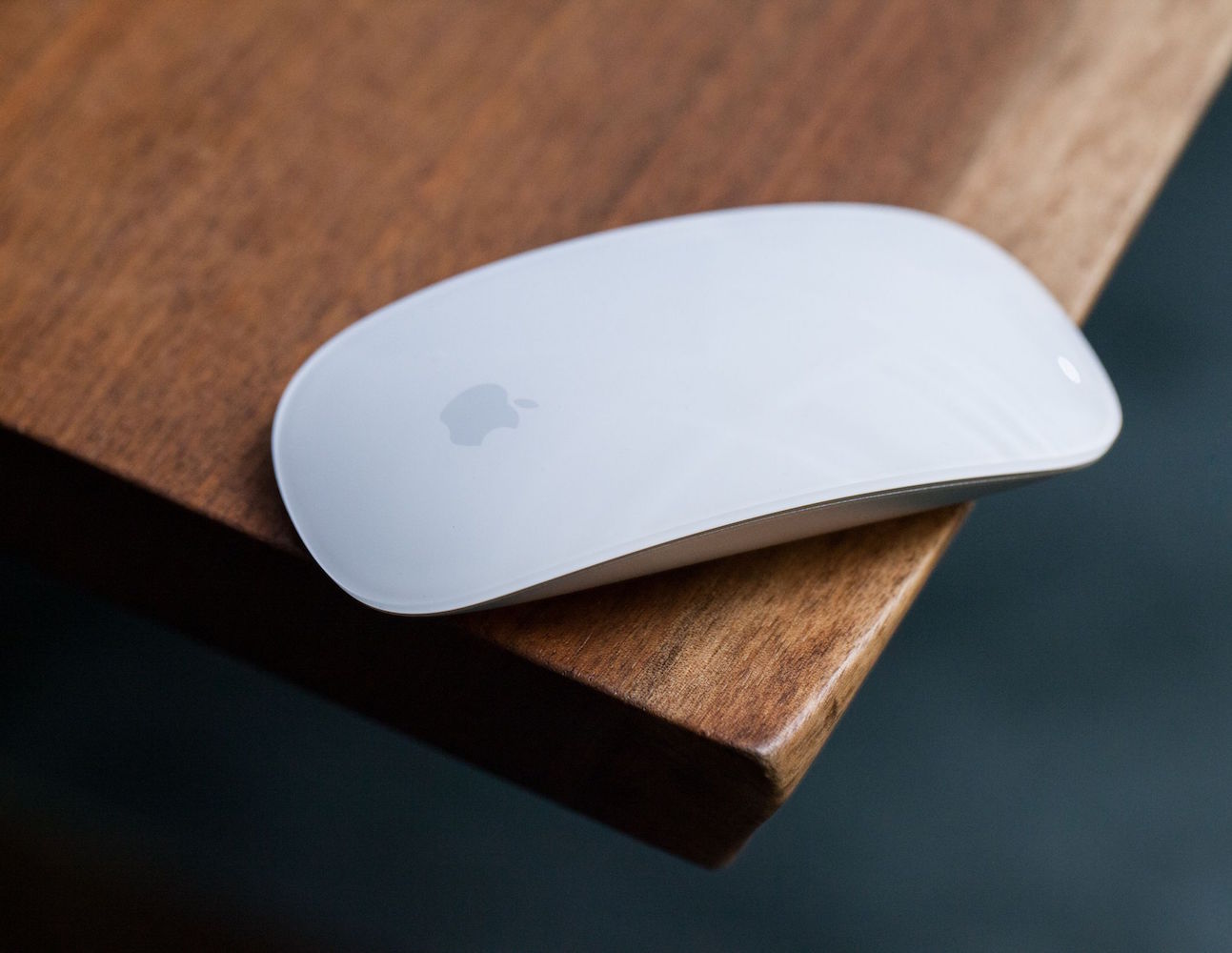

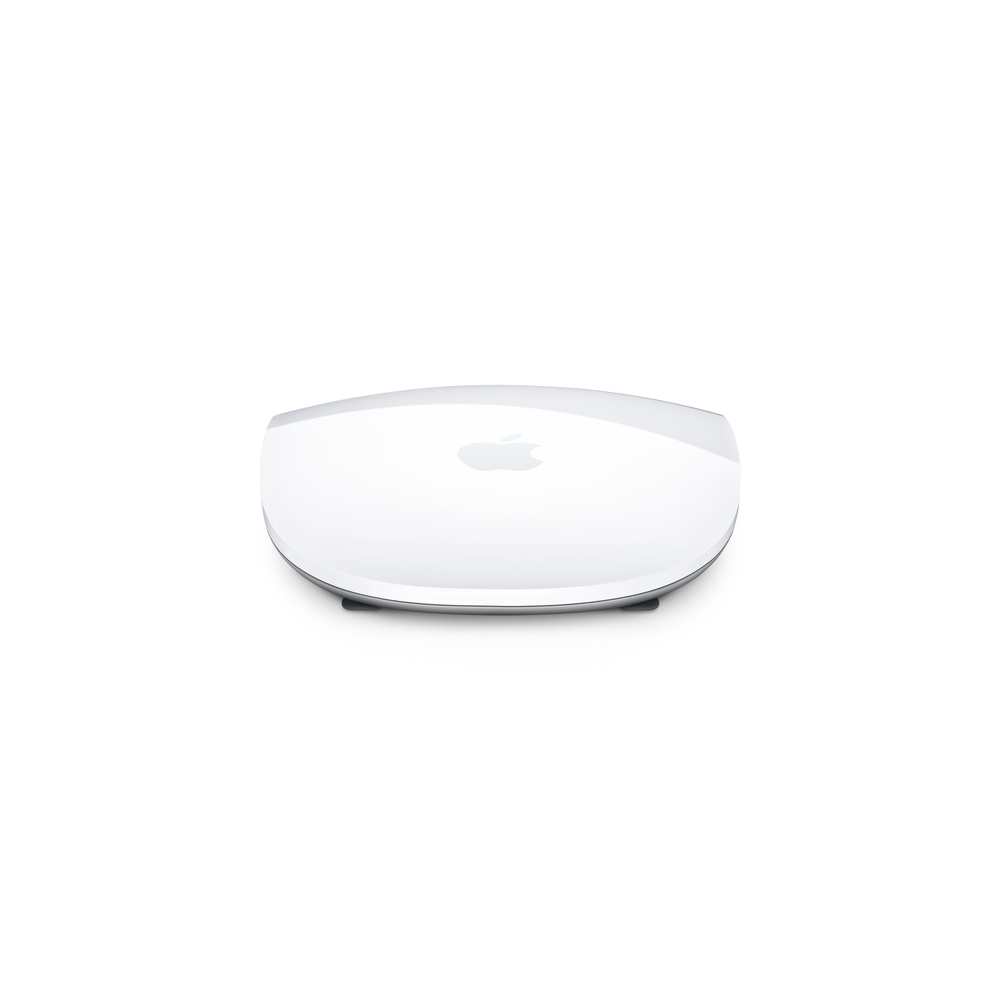
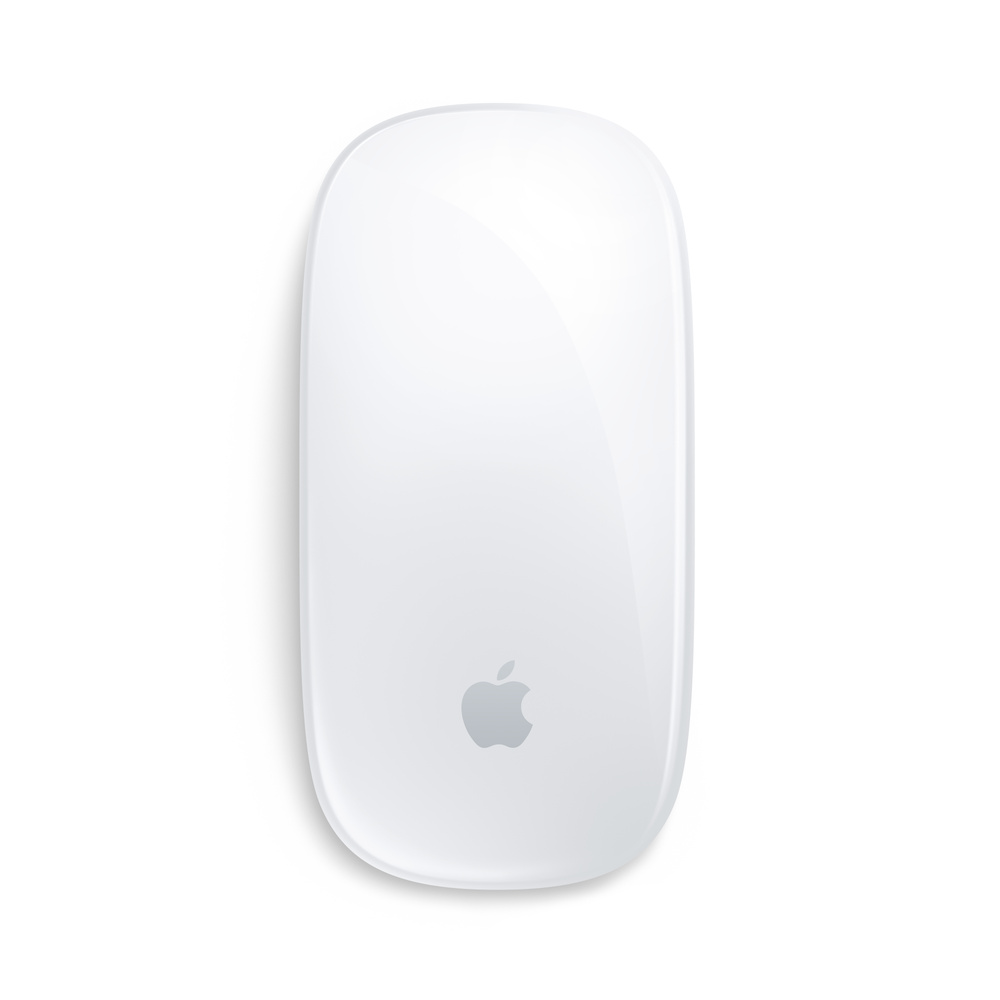
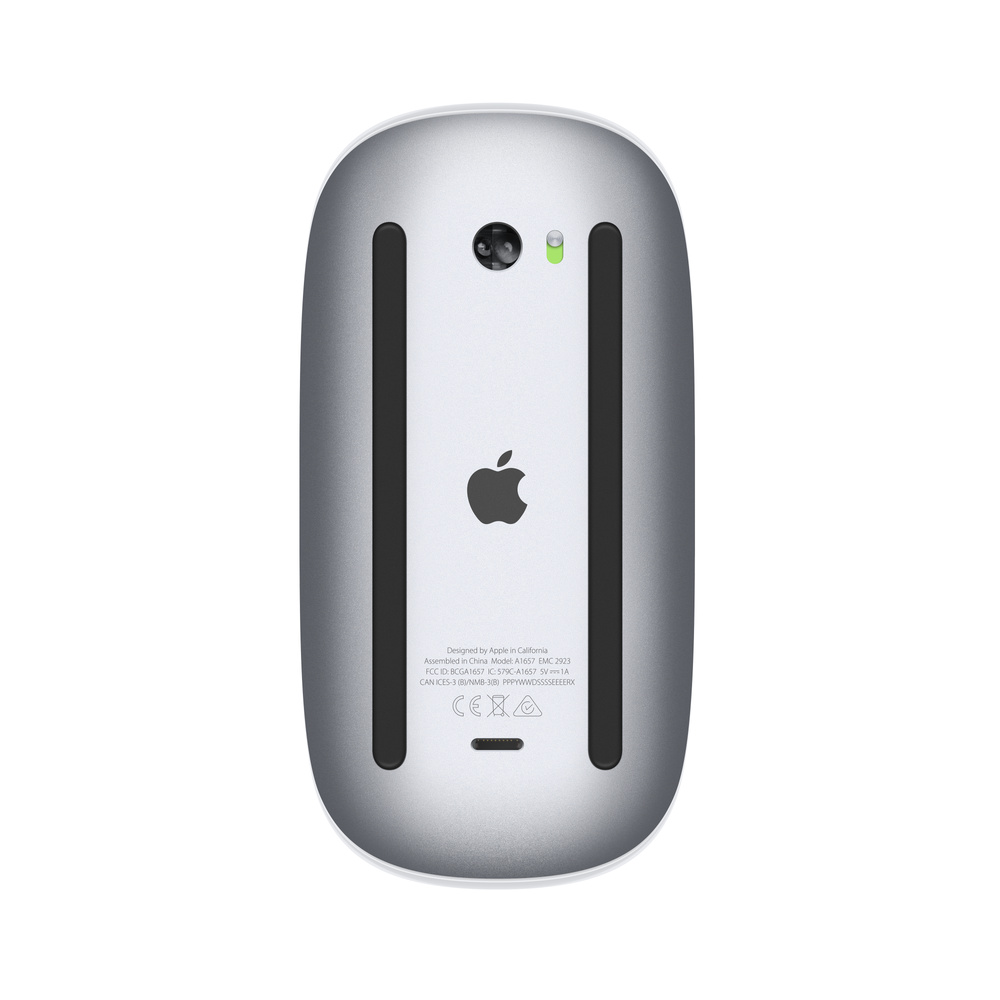
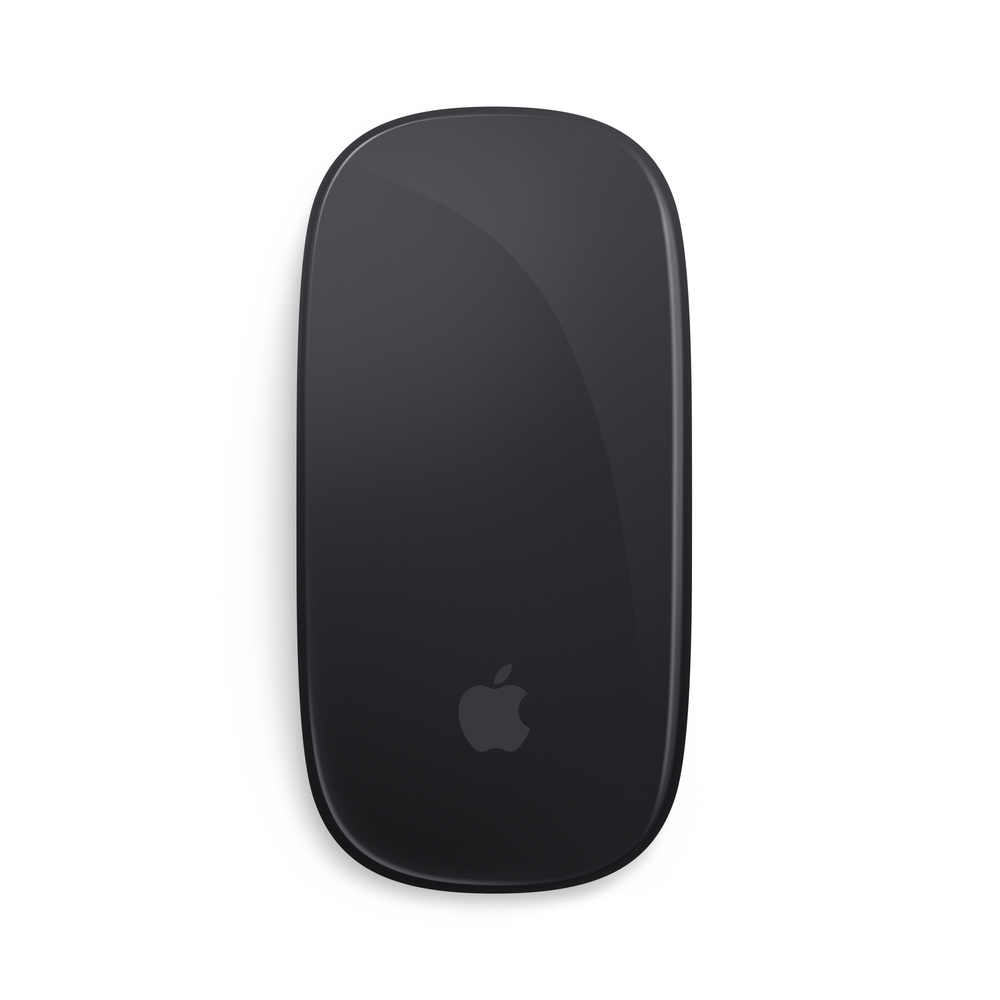

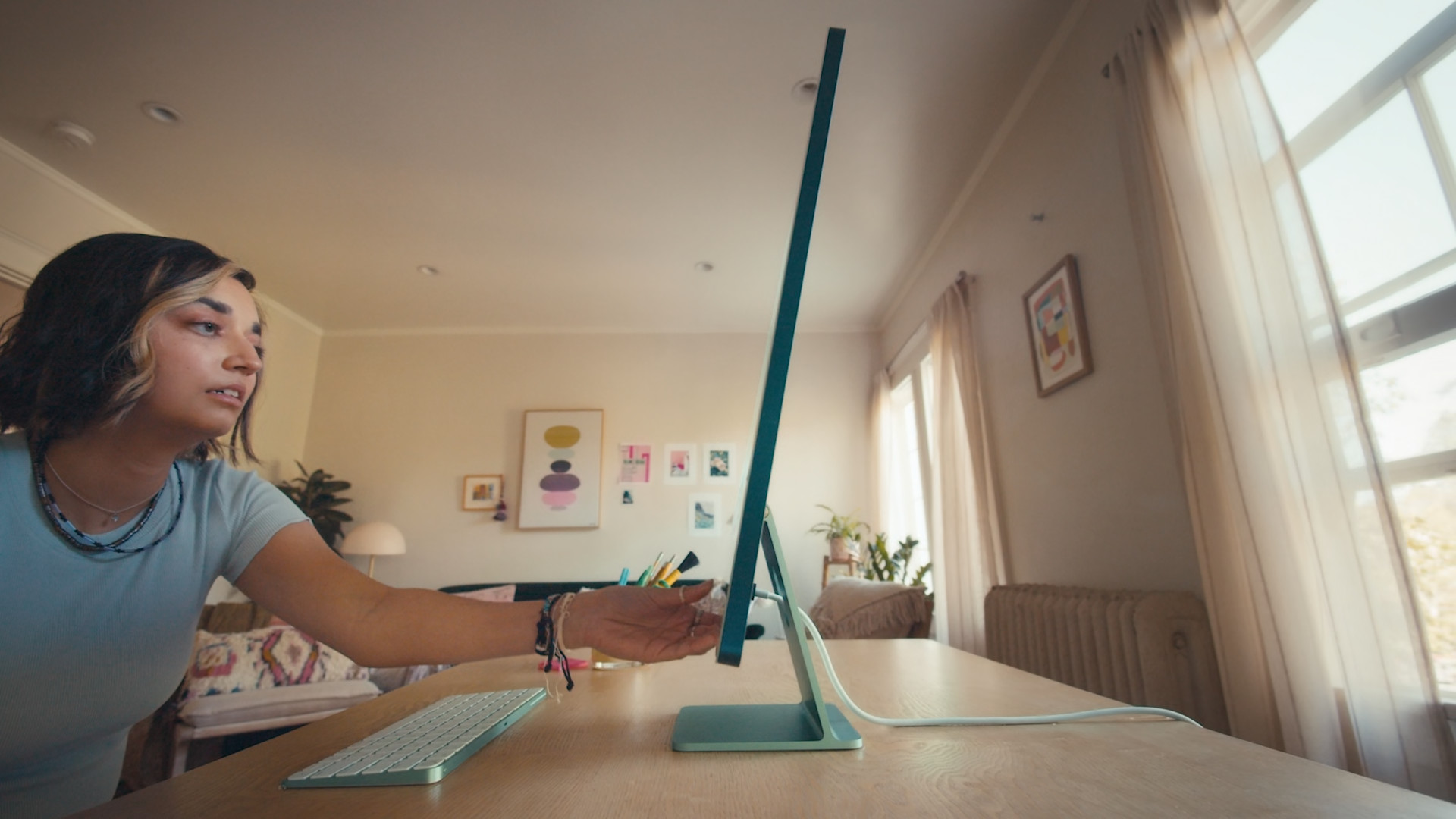



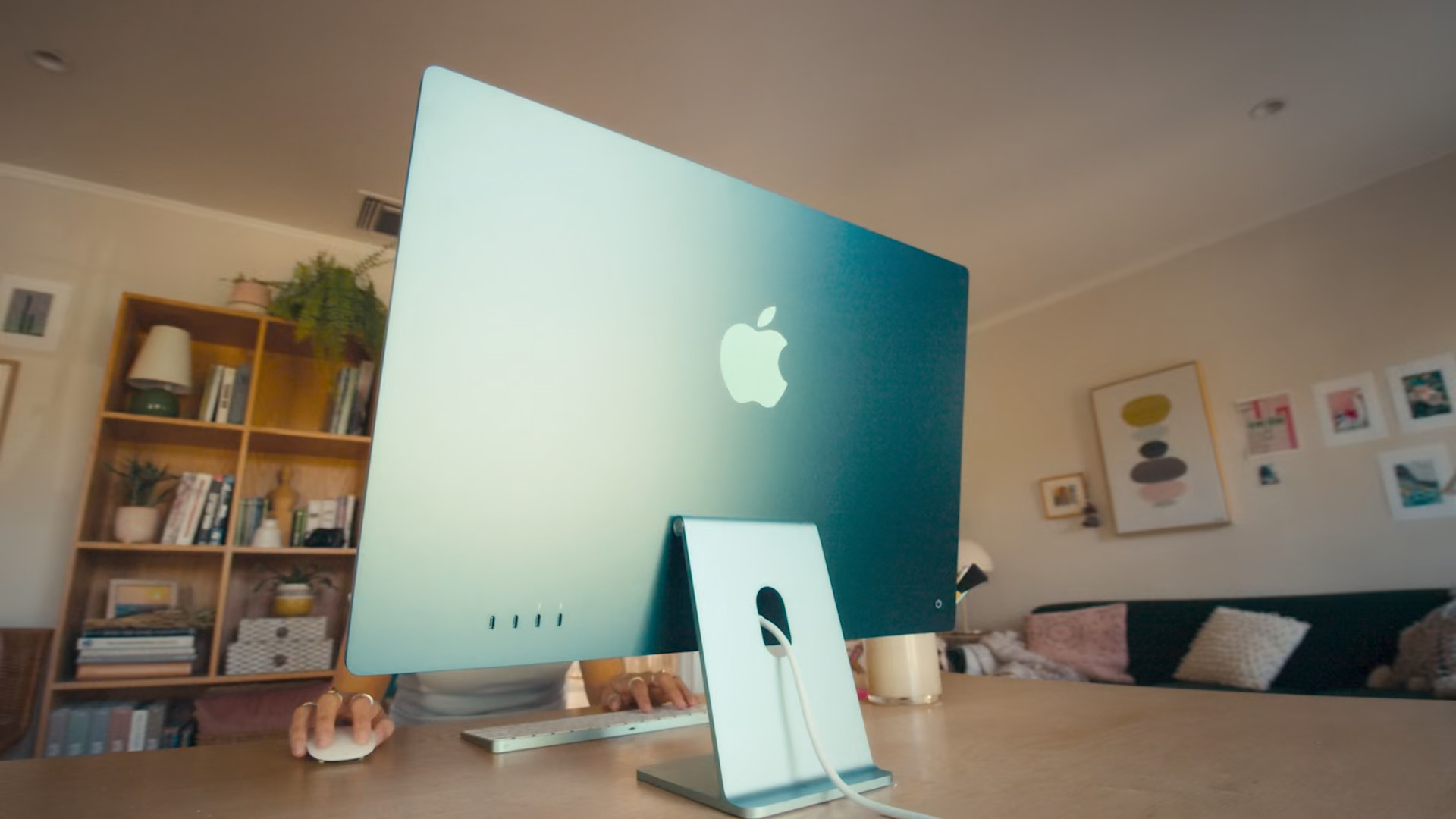



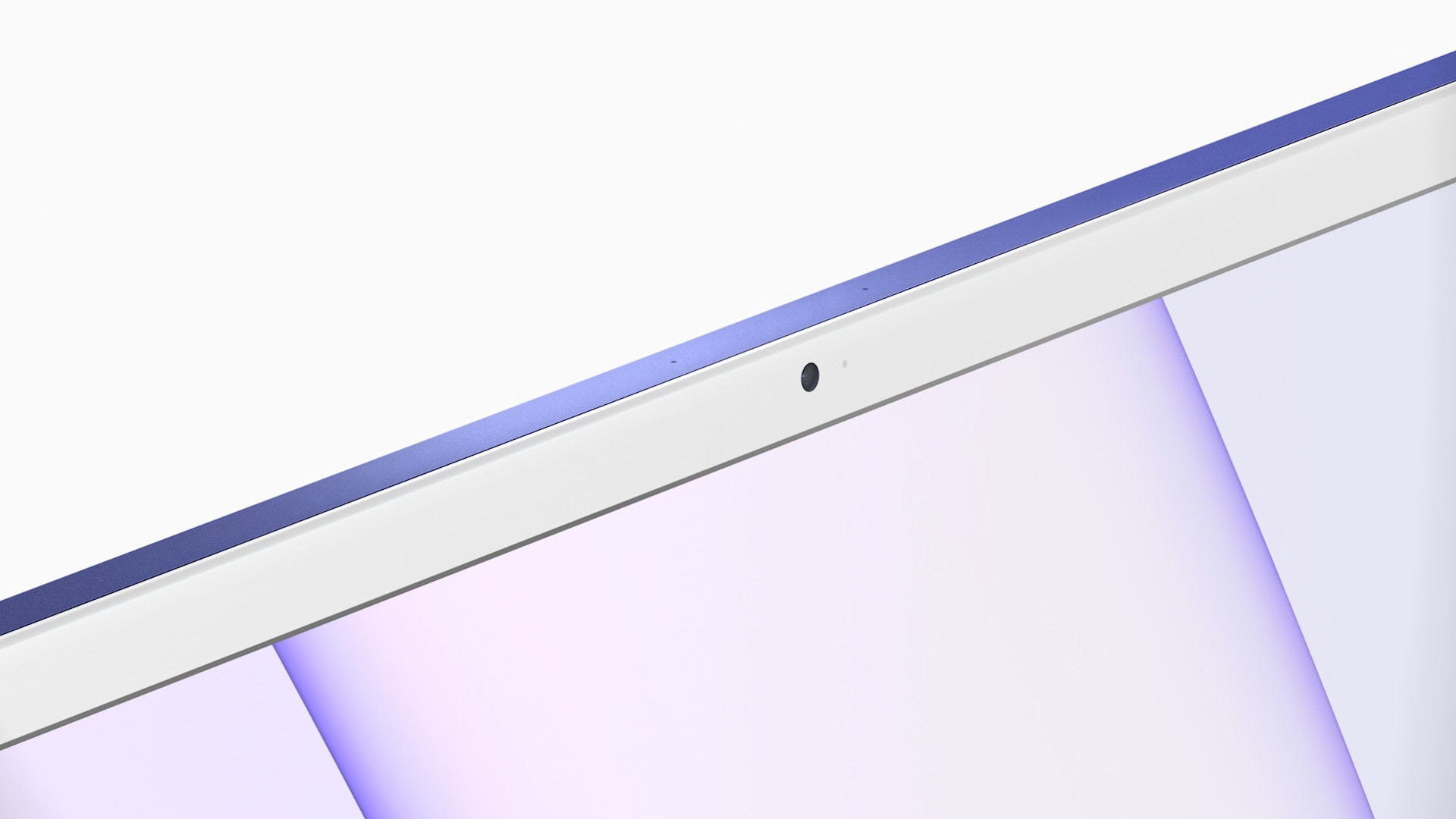


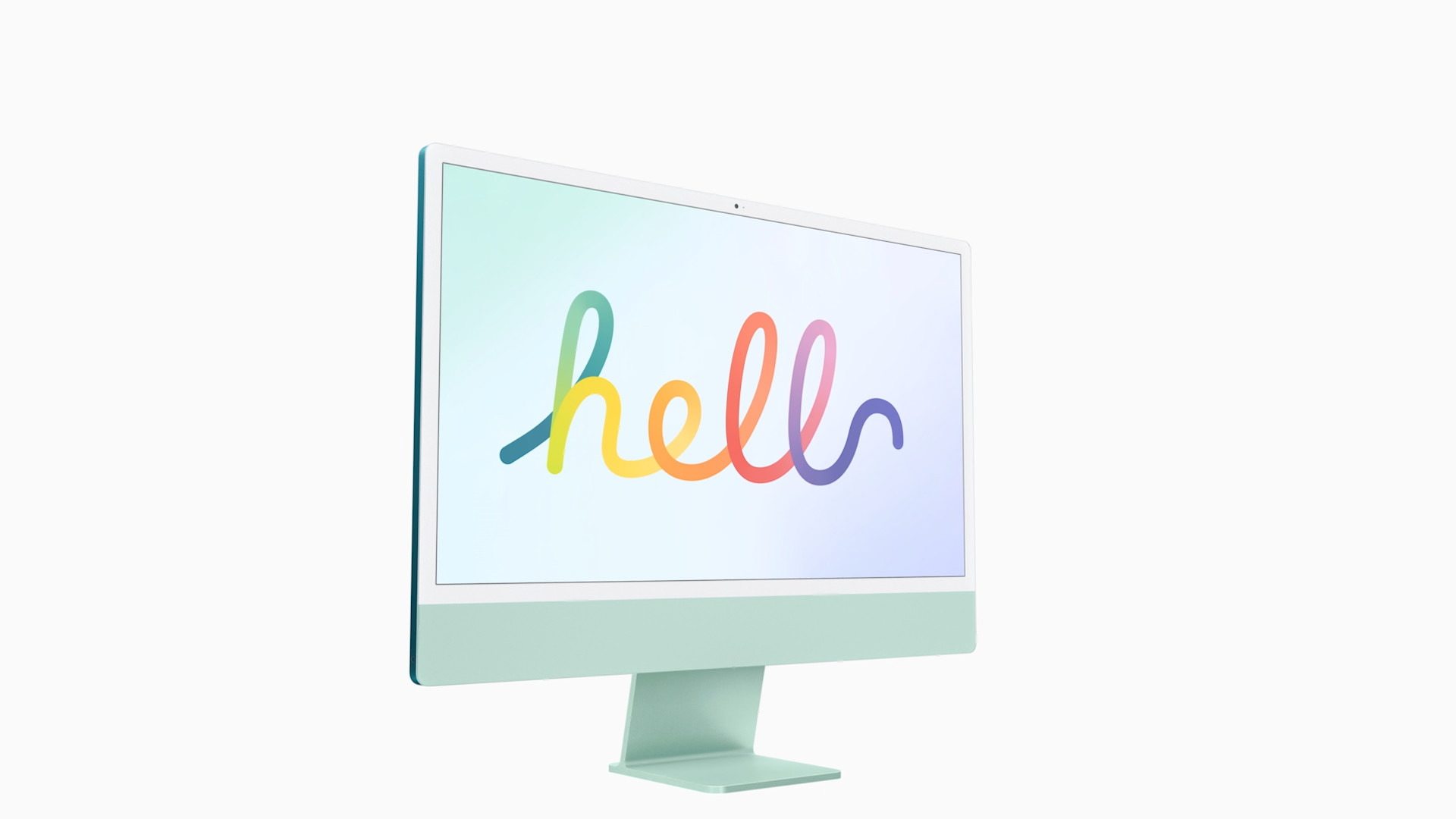

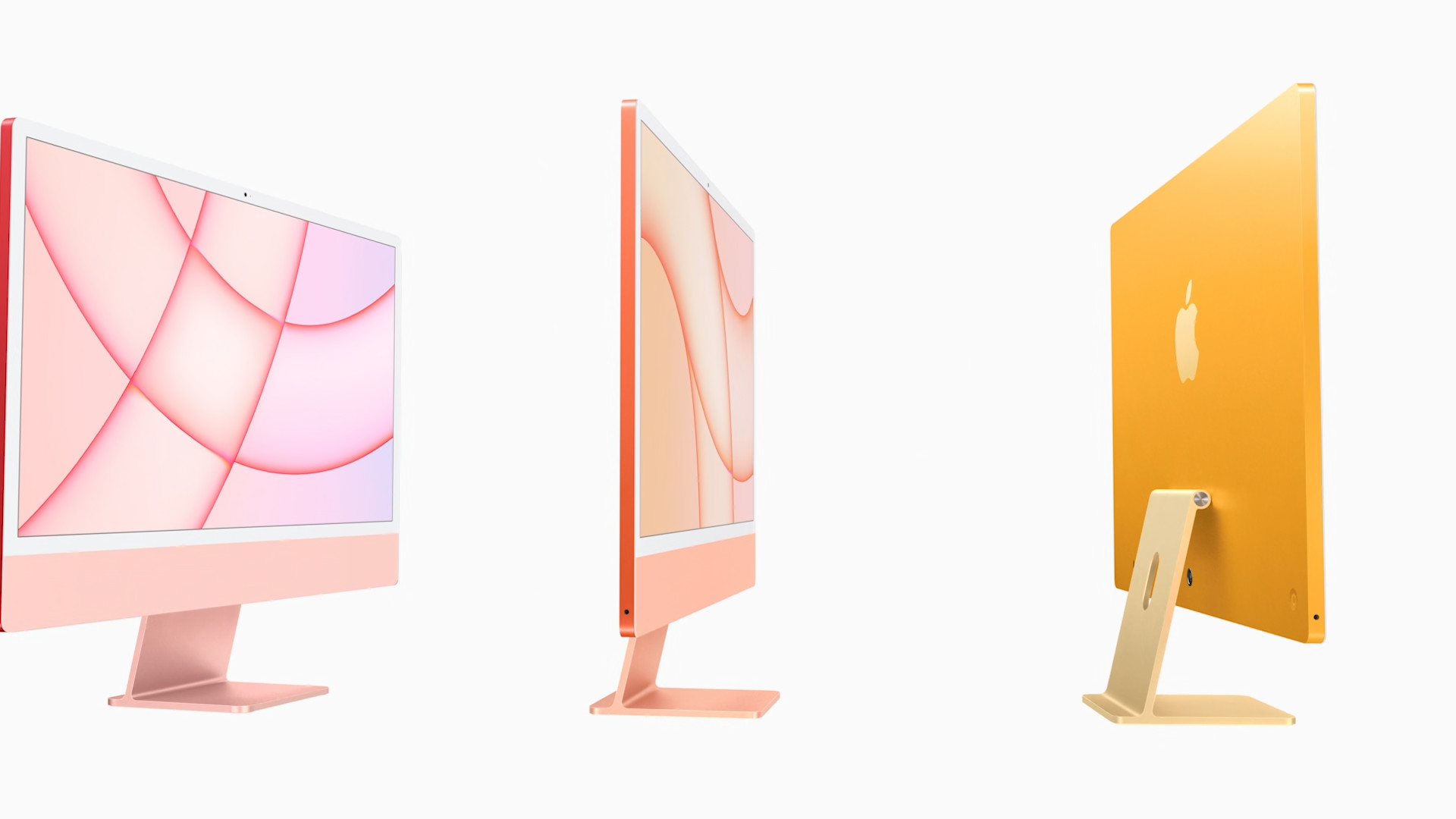
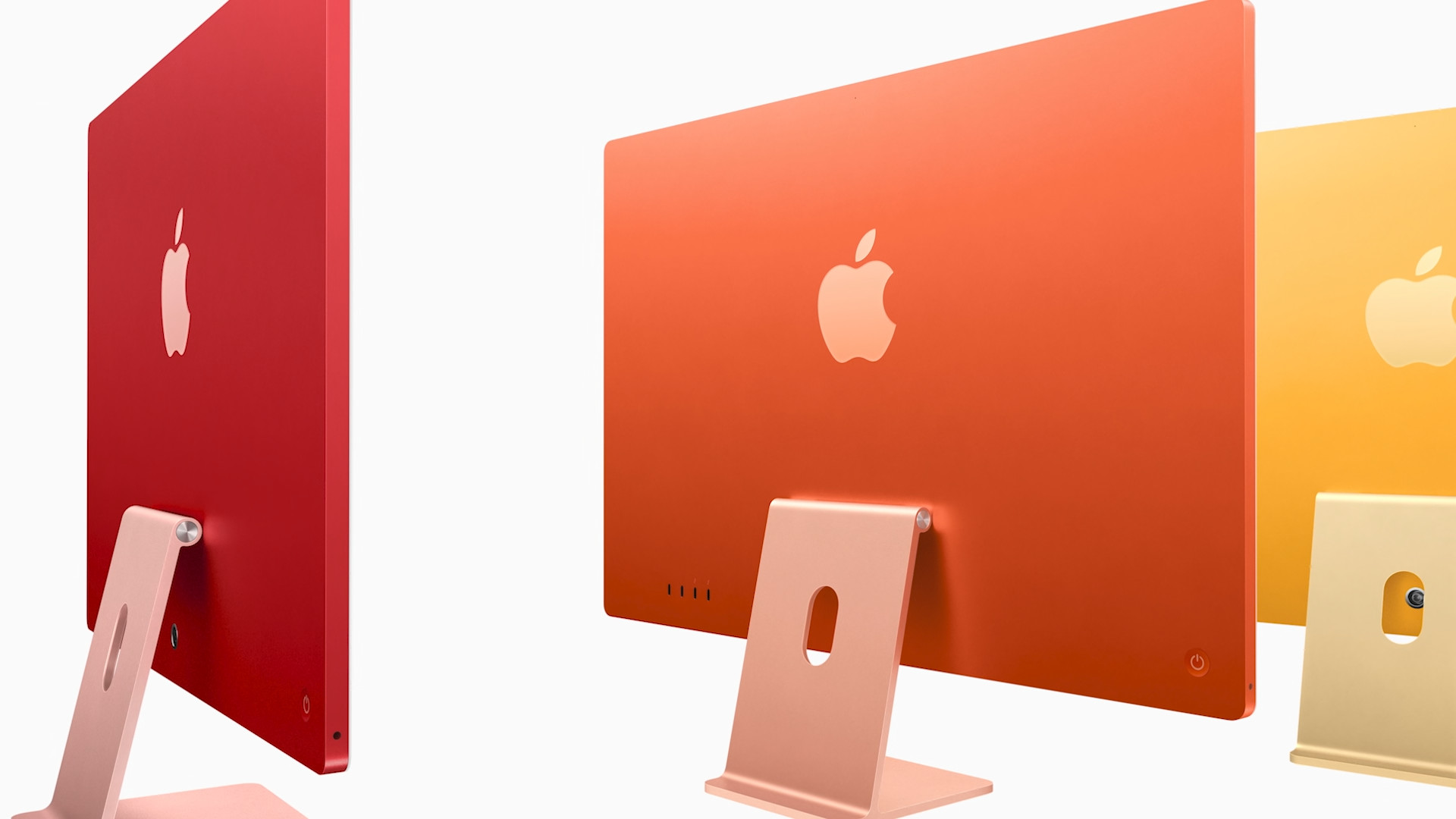


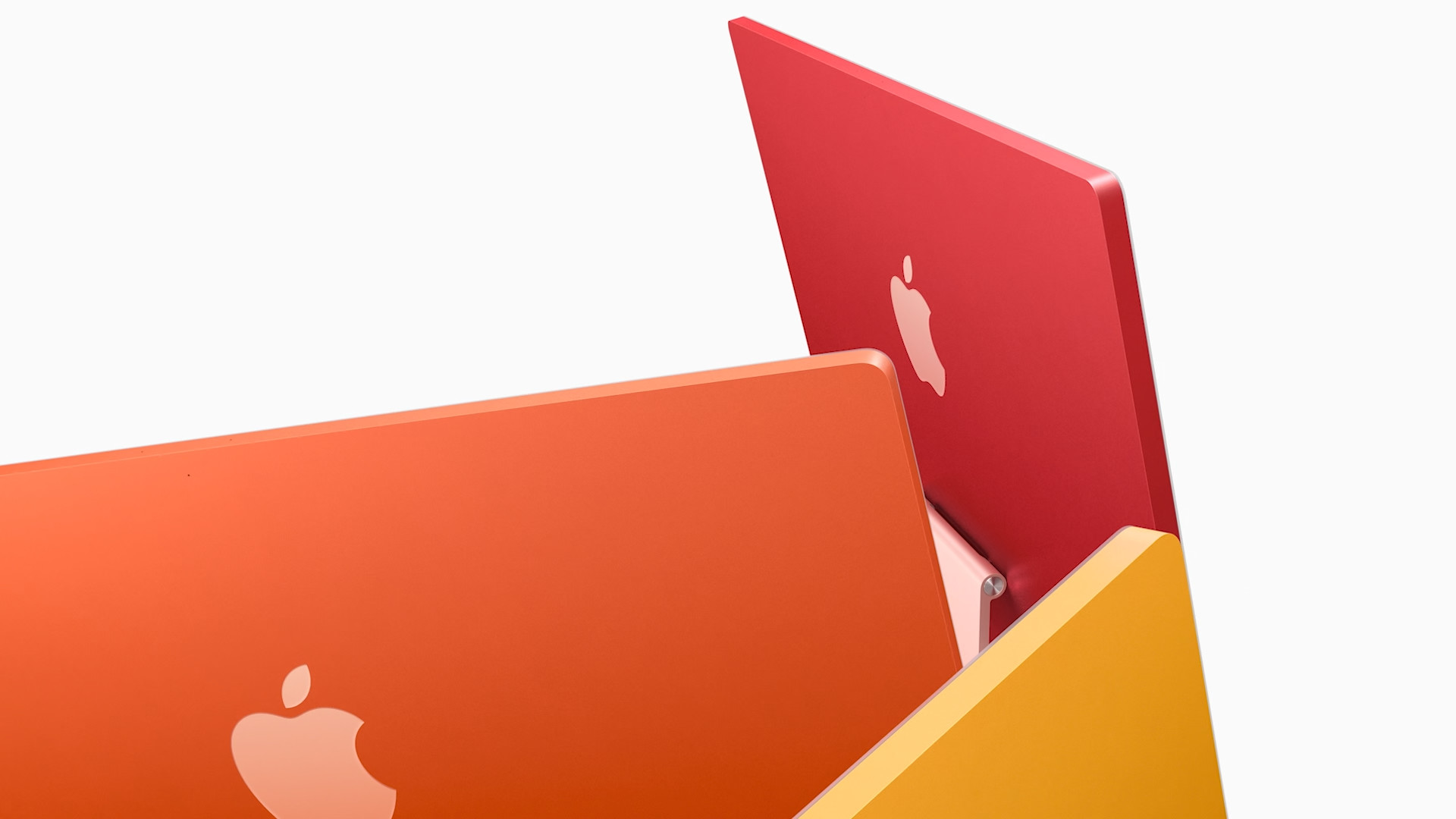
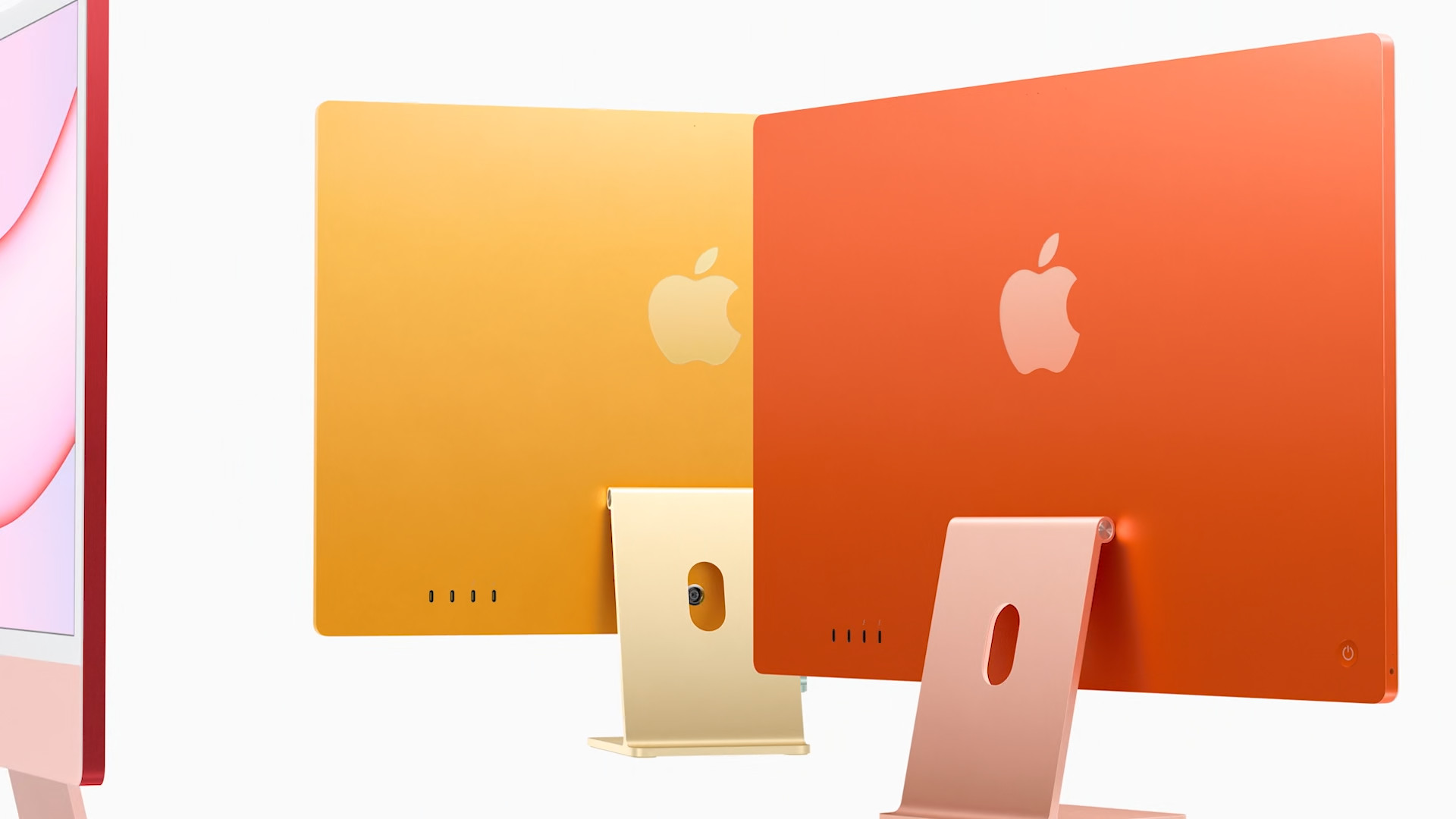

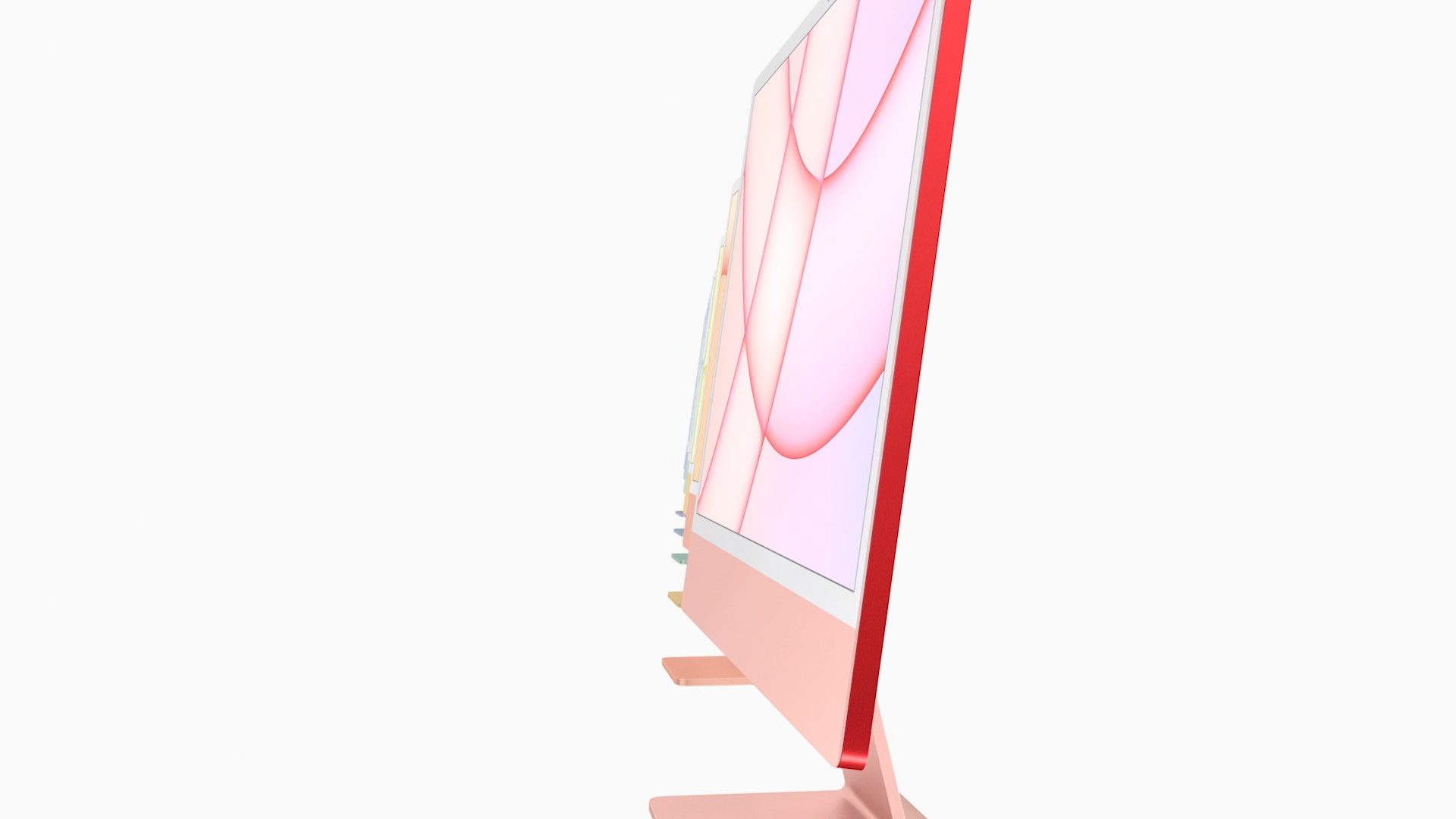









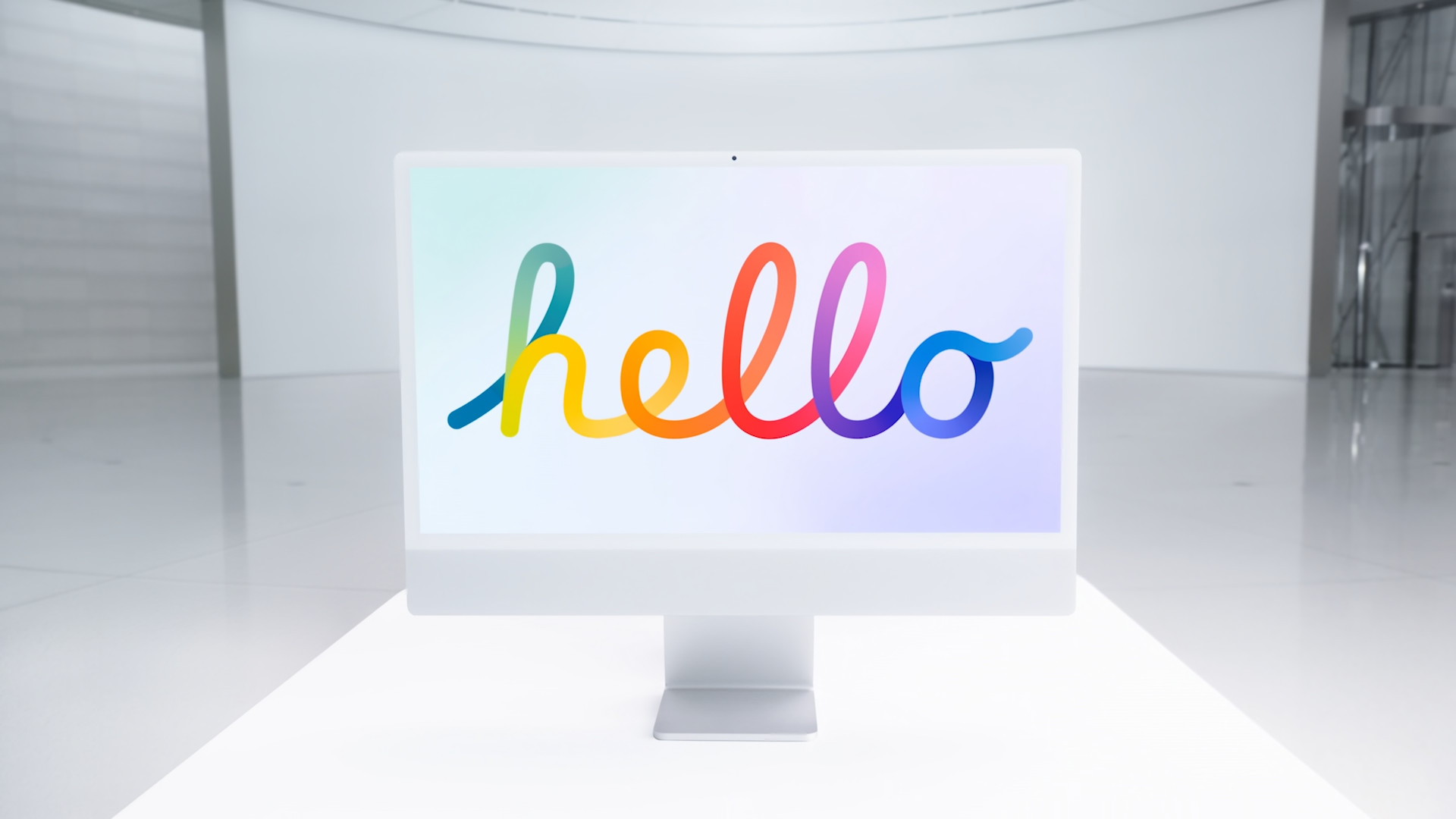

Holy TRUTH, unfortunately…
In general, the Form wins more and more over the much more substantial CONTENT - see. and cars both outside and even worse inside, where e.g. (not only!) ventilation/heating/climate control is becoming more and more HELL :(
"Design from the point of view of a person working with these peripherals would not suffer in any way"
I don't see, hey, Apple is primarily concerned with design (as it is also written in this article), so he was probably thinking about what the product would suffer... So I don't know if it can be written like this 😬. People are different and often buy something that looks good rather than something that works well. Or what do you think?
It is true. The mouse in particular is really crazy. And I have another example: the Activity rings on the Watch. The complete absence of any regeneration is terrible. After 3 months, I myself completely stopped buying Watches for a month, it's really not possible to complete half an hour of exercise per day.
Just record walking as an exercise and half an hour a day will be fulfilled by ordinary moving :-))
Is 30 minutes of activity a day difficult and challenging to achieve?
Personally, I have an average of approx. 190 minutes a day for the last 5 years. I've been slacking a bit today and only have 165 minutes of activity. In addition, about 1 kCal and I walked approximately 200 km.
Soon I will have 2500 days without a single interruption of completely closed circles. Sometimes it's challenging, but almost anyone who has at least somewhat functional legs can do 30 minutes of activity a day.